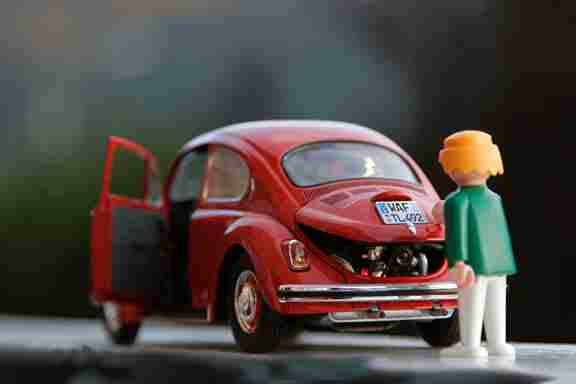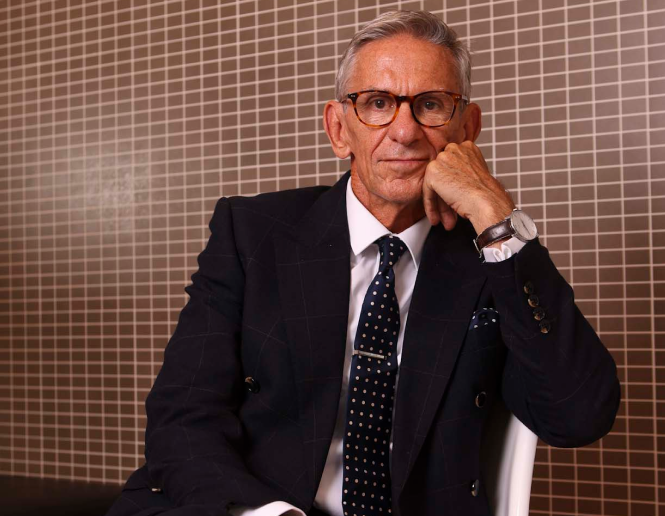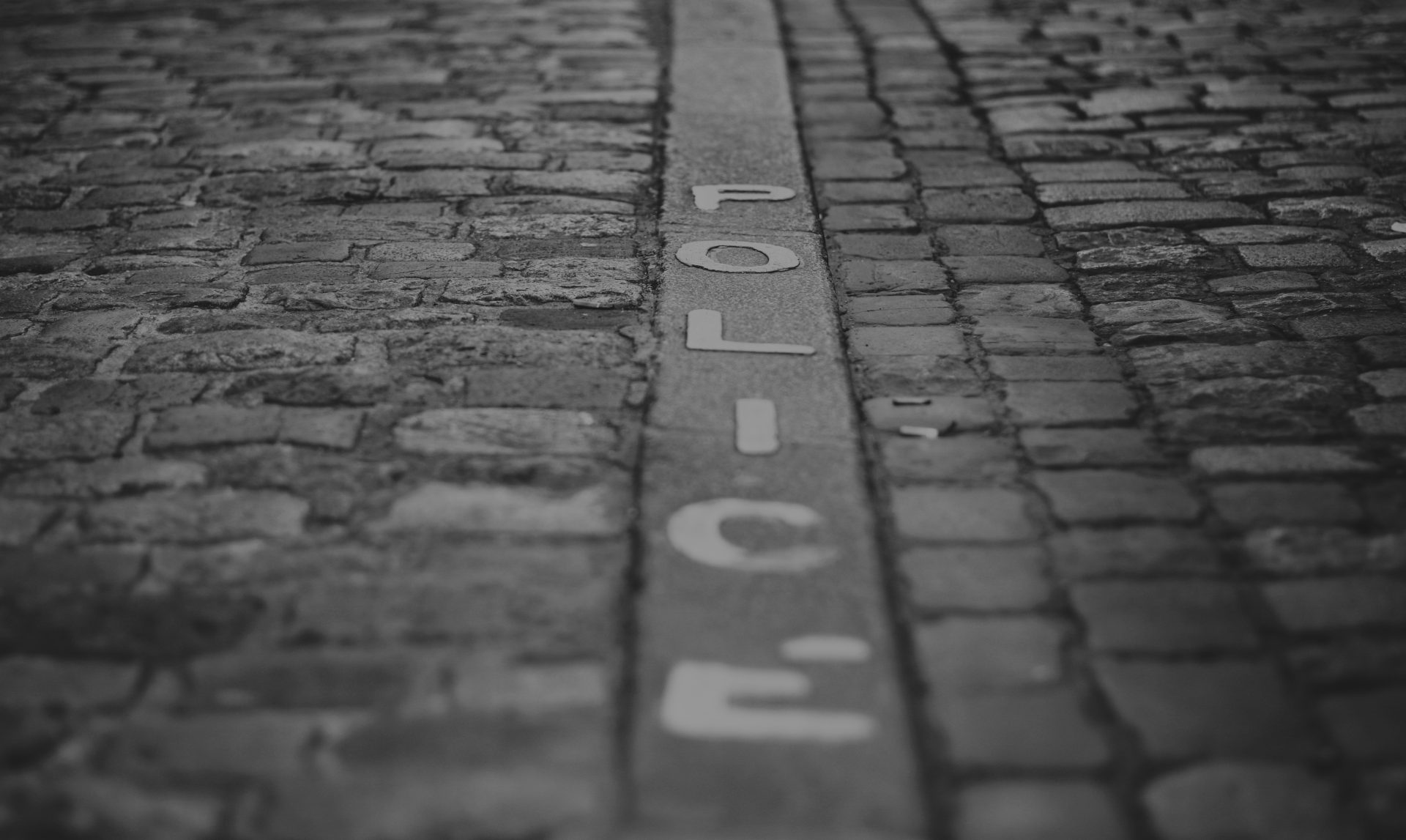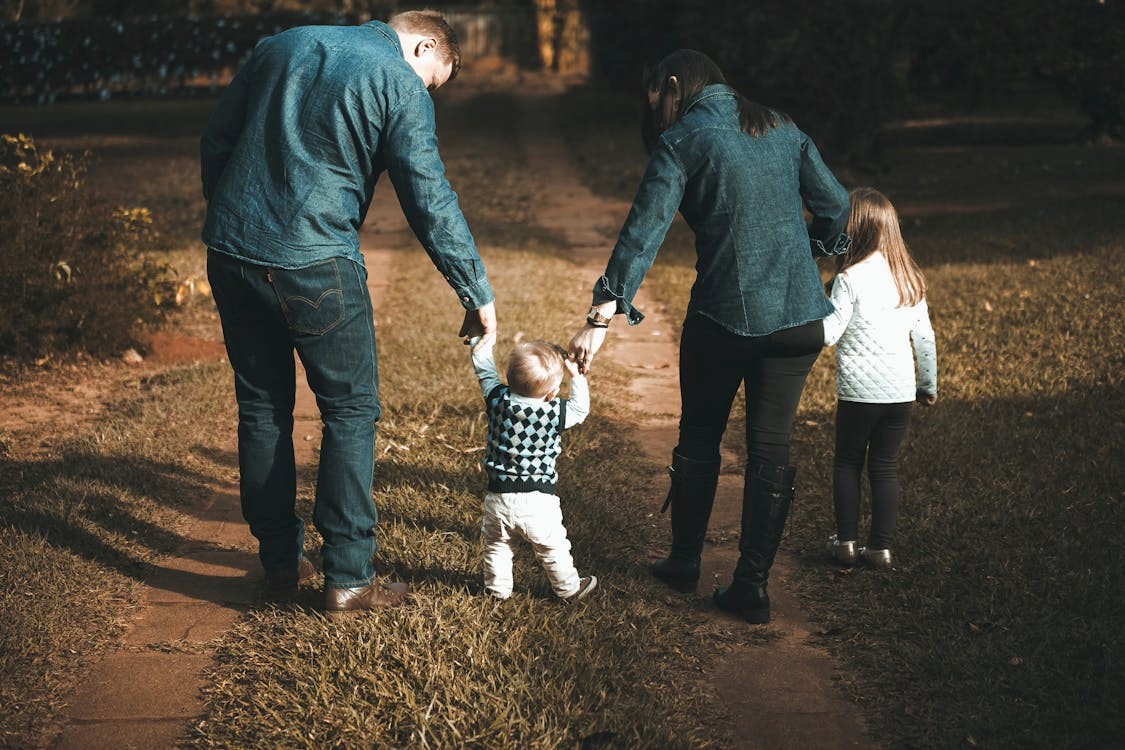By the time the ambulance arrived the young man in the front passenger seat was already dangerously close to death. His once fit, handsome best mate was now crumpled and bloodstained beside him, folded in awkward angles across the twisted steering wheel, his pelvis and both arms shattered in various places. The other two passengers, recently happy and carefree youngsters, were pathetically slumped at the roadside, bloodied and bewildered by the horror of sudden and devastating developments.
Photo by Steinar Engeland, Unsplash
Tragedy so often begets even more tragedy. The front seat passenger was dead before he got to the hospital that night, and his best friend, the driver, was about to embark on the most arduous journey of his young life.
When I first met him, twelve months later, he had already endured months of hospitalisation and multiple surgical procedures, a year of painful convalescence and physical therapy, and innumerable dark, torturous moments and sleepless nights, grappling with crippling guilt.
As the young man silently sat in my office his father carefully explained how the family was resigned to the fact their son’s injuries would leave him with some permanent impairment, but was deeply relieved the months of psychological counselling had finally begun to show modest results. For the first time in more than a year, they were daring to hope the nightmare soon may finally be over.
They were wrong. It was only beginning. Fourteen months after the single-car crash had left one man dead and three others injured, one critically, the police traffic investigation squad had finally concluded its intricate and painstaking assessment of who was to blame. All four occupants had been drinking that night, young men on holidays, best mates having fun and kicking up dust on the Gold Coast. My client was drunk, just like the others, but he was the driver. As they all skylarked together, he lost control of the car, hurtling their world into terrible tragedy in the blink of an eye.
The driver was charged with dangerous driving causing death. There was no doubt he was guilty, and he pleaded accordingly. He was duly convicted, and sentenced to 2 years imprisonment.
It was a predictable result. The courts have repeatedly warned that where dangerous driving involving intoxication of any kind results in someone’s death, the driver can expect to be sentenced to a term of actual imprisonment, even when they have no prior convictions and an otherwise impeccable record. So this sentence wasn’t surprising. But it was tragic, for everyone concerned. As my client’s distraught parents cried for the fate of their son, his best friend’s parents sadly mourned the loss of their own.
Since the end of the Second World War Australia has participated in two major fields of combat which have resulted in the tragic death of many Australians. In the 10 years between 1962 and 1972 a total of 404 young Australians lost their lives in combat in the Vietnam Conflict. Decades later, when Australian troops were committed to the war in Afghanistan, a further 41 lives were lost in the decade between 2007 and 2017. Meanwhile, back home on Australian soil, those wartime casualty figures have been dwarfed by the rising death toll on our roads. During the 12 months ending November 2017 alone, there were 1,209 fatalities on Australian roads, more than twice the death count suffered throughout 20 years of bloody war in both Vietnam and Afghanistan combined. In the festive Christmas-New Year period immediately following, another 40 would tragically and needlessly die on our roads.
Education and shock advertising by governments have failed to effectively counter lamentable human frailties that continue to drive up our terrifying road toll. Perhaps it’s time to think seriously about eliminating the seemingly inevitable error factor of mere mortals from the equation entirely.
With the increasing prospect of driverless cars now clearly visible on the horizon, denying the next generation control of their cars could well be the answer. But even as that prospect begins to loom large, a tangential debate has arisen as to just how much control we’re willing to give up to the rising machines. Opponents of driverless cars cite the issue that algorithms within such vehicles will inevitably make choices programmed to save human lives based solely on cold-hearted calculus. With a nod to science fiction author Isaac Asimov’s Three Laws of Robotics, for decades philosophers have grappled with the so-called Trolley Problem: if a runaway trolley car, hurtling towards five unsuspecting people standing on the track, can be easily diverted onto another track, where only one innocent victim awaits, is it right to throw the switch? A driverless car would. But is it right to allow a machine to play God in that way, to make decisions about the value of one life over another?
It’s an ethical dilemma that sits uncomfortably with some. But proponents of the driverless car revolution argue that if, in the end, a programmed algorithm means fewer people will die, that can only possibly be a good thing.
One thing is certain. A decision to ignore any possible solution to this tragic problem is, in itself, a cold-hearted call about life and death. As Asimov himself once said “Never let your sense of morals prevent you from doing what is right.”
This article was first published in Ocean Road Magazine, Winter 2018













